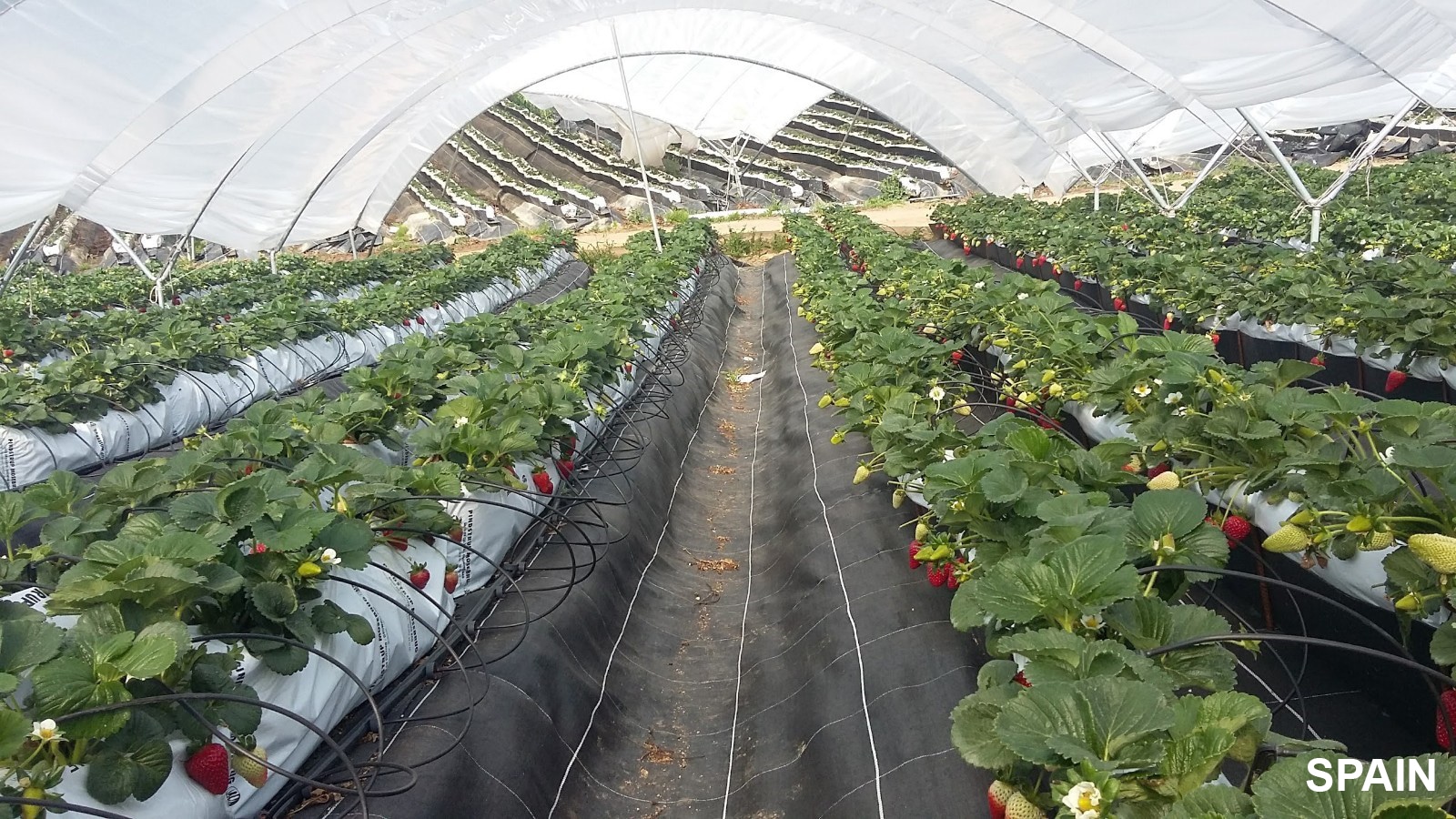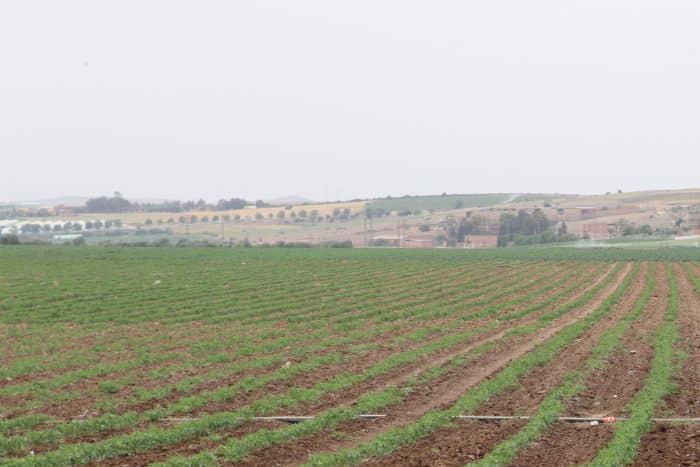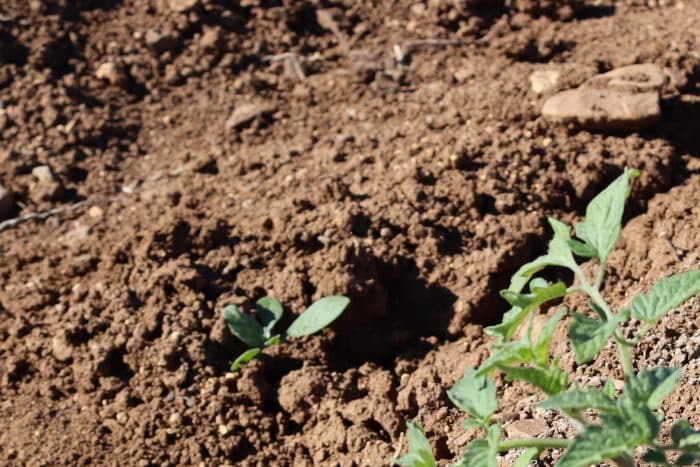How to make fertigation system?

Fertigation is an agricultural technique that applies soluble fertilisers to crops via an irrigation system. The fertilisers applied are referred to as water-soluble. So what is fertigation used for, and how do water-soluble fertilisers work? Here’s the answer.
Fertigation is the contraction of fertilisation and irrigation. In a fertigation system, the fertiliser and water needed for crop growth are supplied simultaneously. It’s a practical method, because it can be applied in the open ground, under glass or even in hydroponics. By applying fertilisers via a fertigation system, the amount of nutrients can be adjusted according to the amount of water supplied to the crop and its needs. TIMAC AGRO offers a wide range of water-soluble fertilisers and biostimulants suitable for fertigation.
Fertigation, what’s in it for crops?
Fertigation has many advantages for crops. It is beneficial from a nutritional point of view, for soil management, for improving yields, and even economically.
With fertigation, nutrients are delivered to the plant in a form that enables it to assimilate them more quickly. The irrigation system, meanwhile, distributes these nutrients as close as possible to the roots to improve absorption efficiency. This also reduces the risk of too much fertiliser damaging the roots.Thanks to this optimised distribution, fertigation helps to improve yields. It also facilitates the work of farmers, who can adapt the quantities they distribute and react in the event of a problem.
This method also has benefits for the environment. The optimisation of water and nutrient resources avoids wastage and, above all, limits the phenomenon of leaching. The impact on the soil is reduced. As the products are dispersed directly by the irrigation system, there is no spreading and therefore no soil compaction. Finally, by reducing the areas in which the fertilisers are spread, there are fewer weeds in the plots.
The TIMAC AGRO fertilisers available for fertirrigation have been specially developed to limit losses to the soil and leaching in order to have a beneficial impact on the environment.
What are the prerequisites for getting started?
Fertigation requires certain equipment and specific needs to be considered. Firstly, the irrigation system itself. It must be designed to suit the type of crop concerned (drip system, sprinklers). Upstream, you need to make sure that the distribution of water and nutrients is uniform throughout the area being treated, and you need to ensure that the system can be maintained to ensure that it works properly throughout the chain. You should also bear in mind that not all fertilisers can be used with this system.
Next, you need to consider the chemical and biological characteristics of the land, and particularly the water. You need water of a certain quality and with the right properties for the crop in question. The main crops concerned by fertigation system are strawberries and tomatoes.
How does it work?
In the context of modern agriculture, an optimal fertigation system involves more than just adding nutrients to the water. It’s about optimising the various stages in the farm’s water cycle. From the moment the water enters the farm from natural sources, as it passes through the irrigation system, to the moment it is returned to its natural environment.
When the water remains in the system and is reused, it is referred to as a closed circuit. In these cases, a filtration system is required to eliminate any natural matter that may remain in the water and carry bacteria.
Water quality, an essential parameter
In fertigation, the water used in the system plays a dual role, since as well as hydrating and nourishing the soil, it becomes the vector for the solutions used to feed or enrich the plant. The quality of the water must therefore be ensured. Four main characteristics need to be monitored.
- Its conductivity, i.e. its ability to transmit electricity.
- Hardness: the amount of calcium and magnesium in the water.
- The presence of other elements such as boron, sodium, trace elements, carbonate ions and nitrogen.
- Its pH
By analyzing these different characteristics in the water used in a system, it is possible to adapt the quantity of nutrients to be supplied and correct any excesses or deficiencies in the irrigation system. This is the role of water-soluble fertilisers.
Presentation of water-soluble solutions
As their name suggests, water-soluble solutions are made up of elements that dissolve in water. They are a mixture of mineral elements designed to deliver nutrients to the plant to promote growth, yield and crop quality.
With a water-soluble fertiliser, all the fertiliser dissolves in the water, there is no deposit, and the water remains transparent (unless the fertiliser contains colouring agents). However, the quantity of fertiliser used must be controlled. There is always a risk of saturation. In this case, some of the water-soluble fertiliser will not be able to dissolve.
To be effective, water-soluble fertilisers must be diluted. In a fertigation system, the water recovery and treatment system must therefore be considered first before adding water-soluble fertilisers.
TIMAC AGRO solutions can be adapted to the quality of the water present on the farm and to the different irrigation systems. By adjusting the dosages, the quality of the water and the supply of nutrients can be increased to make the most of the many benefits of fertigation.


